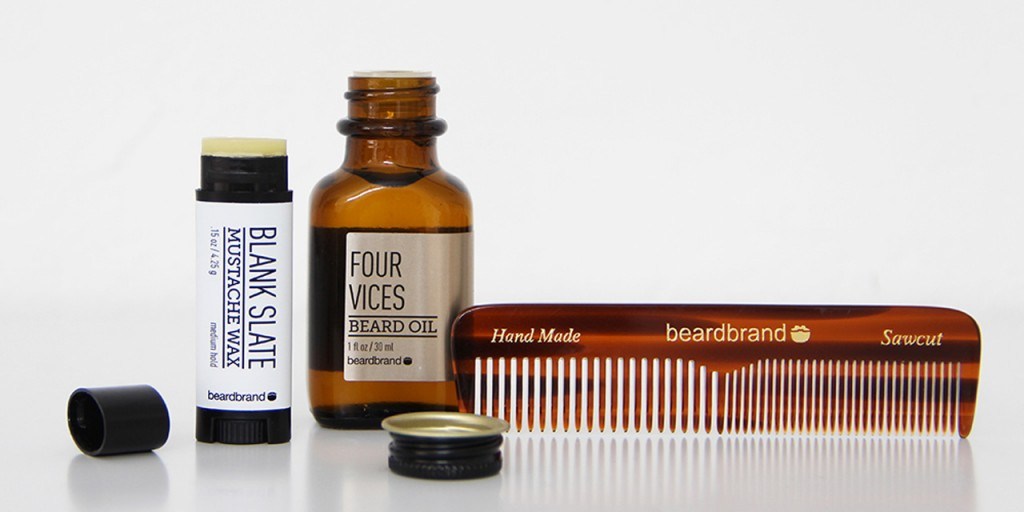Archive
The $600 Million Dollar Story

Four years ago Peter Rahal was making protein bars in his parents’ kitchen in Glen Ellyn, Illinois. On October 6th, 2017 Peter sold his company RXBar for $600 million to Kellogg Co. He didn’t have a cooking background, he was self funded, and he had zero retail experience. How on earth did this happen then? $0 to $600 million in under four years…that’s impossible right? Nope. It just happened. This is a brief look at his story.
I was walking out of a meeting with Target when Pete first texted me back in 2013. He was looking for a bit of help and guidance on starting his new protein bar brand. He wanted to pick my brain and explore how to get into brick and mortar retail and how he could generate brand awareness marketing online. At that time, I was exiting one of my first companies a sports watch brand that I started with a couple friends here in San Diego back in 2010. We used social media to build the brand and gain traction. Fast forward 18 months later and we were doing seven figu...
Brand Building Tips From Chubbies

Chubbies makes men’s shorts. Not jet-powered hoverboards. Not spider drones that can film every moment and beam it to the interweb. Shorts. A product that hasn’t changed since the early 19th century and their sales are north of a seven figures year over year. Here are four quick steps to launch your new Shopify venture without selling your home.

1. They started small. Really small.
Chubbies started by taking 50 shorts out to Lake Tahoe and trying to sell them to people. Within moments, people were lining up to buy them. They sold the 50 and then traded the shorts they were wearing, telling them that this was an idea worth pursuing.
2. The co-founders live the values of the brand.
The co-founders each had a quirky collection of shorts they owned, or had inherited from people. The weirder the better. And this passion flowed into their values and ultimately made the brand more relatable. They were the face of the brand, not some hired models.
3. They put content first.
Chubbies ha...
Activewear's Next Big Thing

Tyler Haney has a motto: “Doing Things.” And it’s how this runner kept going, despite the setbacks. Her clothing line Outdoor Voices– a line of apparel with an emphasis on a playful, “human, not superhuman” approach to everyday fitness is jockeying for position in what seems like an impossibly tight race of major players in the athleisure space — Nike, Under Armour and Lululemon chief among them. Since launching in January 2013, Outdoor Voices has grown from a collection of five samples and a few bolts of technical fabrics stored under Haney’s bunk bed into a thriving e-commerce business with a brick-and-mortar retail presence in five cities, and a staff of 70-plus people.
All this forward momentum took time to build, and as any runner knows, sustaining the right pace is a matter of heart over lungs, and endurance over speed, especially on an uphill climb. Haney’s past life as a track star hasn’t just fueled the passion she has for her product; it’s shaped the way she leads her compan...
Integrated Campaigns With Beardbrand

Integrating your ecommerce marketing campaigns across your social media channels always reaps solid rewards. When you think of integrated campaigns, leveraging all of your channels like Facebook, Email, and Instagram can really give your marketing campaigns a 1-2 punch.
While it does take a large amount of strategy, creative energy, and planning the rewards on the other side can be incredible. Lets take a look at an example of how to correctly sync a marketing campaign across multiple channels from men’s grooming company – Beardbrand.

According to founder Eric Bandholz, “Beardbrand is a premium men’s grooming company. What that means is that we put the product ethos and the quality of products as well as customer service at a higher priority than we do price.”
Since they are competing in a very crowded category, Beardbrand needs to go above and beyond to… well, create a brand. One of the main ways they do this is through content-based marketing: they’ve made it their mission to ed...
Interview: Oru Kayak

Anton Willis moved to the Bay Area in 2002 and immediately encountered the struggle of getting outside while living in a large metropolitan city. Paddling solved that problem, but only until San Francisco rent prices forced him to move into a studio apartment — an ill-suited home for a sixteen-foot kayak.
Willis was leafing through the pages of The New Yorker five years later and came across an interesting article. The piece profiled Dr. Robert J. Lang, a physicist who became obsessed with the art of origami and eventually quit his fiber optics job in order to pursue it full time. Dr. Lang folded everything from anatomically correct paper insects to a NASA space telescope lens.
That’s why, shortly after reading that article in The New Yorker, Willis started making kayaks out of folded paper. He began with printer paper, then moved on to cardboard, and finally to that same corrugated plastic used to make lawn signs and U.S. Postal Service tote boxes (Oru kayaks are still made from a s...
